Droning On: A Brief Guide to Obtaining a Commercial Drone License
Drones. Few technologies have so radically overtaken and influenced small-budget filmmakers in the 2010s than drones - allowing almost anyone to gain a wholly new perspective on the world, and capture footage only previously possible with large cranes or helicopters, rigged with advanced camera stabilising and tracking technology. In the US, laws keep coming and going, while the country figures out the best and safest ways to deal with this relatively new technology. For all other matters, the FAA controls licensing and general regulation. For anyone considering obtaining your commercial drone license, let me fill you in a little bit on the process.
You probably know that to get a private drone license, you need to sign up at the FAA website and register your drone for around $5. This allows you to fly up to 400 feet within eyesight in open, class G airspaces (more on that later). Now, for some reason, you’re pretty free to fly around, film and take pictures for just $5, but if you want to do anything with it that will earn you money, that’s an entirely different story. You have to train to become a remote pilot. This involves learning all about airspaces and airports and reading dreaded sectional charts, along with a whole host of other information you’ll never use.
Take heart, though. I studied up for a week or two and got 92% on the test (you need 75% to pass). Here’s my definitive, albeit brief guide as to how:
First, you have to study. Obviously. The FAA’s got a long, extensive study guide, which I’d definitely recommend reading… later. First, my suggestion would be to get a baseline knowledge of the things they’re talking about, so it’s not too intimidating going in. This video by Tony Northrup is an excellent resource, and will pretty much give you all you need to pass the test.
This man is my hero
I would watch that first – maybe twice – maybe thrice - then move on to the FAA study guide. If you run into anything you don’t completely understand, Google it, read about it, get a more in-depth knowledge of it, then move on. Take a look at the sectional charts in your area. See where you can theoretically fly, study the airports, airspaces and patterns. If you see numbers or symbols you don't recognise (which you will), look them up in the legend, or Google them, and figure out what they mean. Study up on your local METARs and TAFs.
These will all make sense in time
When you feel ready, take these practice tests. They’re not perfect, but a pretty good litmus of your knowledge so far. Take those until you understand and can correctly answer all the questions.
Once you feel confident taking those, review what you know, and look through this list to find the testing center closest to you. Figure out if that center is with CATS or PSI (the two companies that offer FAA testing) and call them at one of the two numbers at the top of the list and schedule your Part 107 Test.
Be ready - you'll have to pay around $150 to schedule your test, and pick a time to go in. Once you've done that, nothing left but to pass the exam with flying colors and become an officially certified drone pilot! Well done. You may now join a world of hobbyists, enthusiasts, professionals and angsty teenage indie filmmakers as you take to the skies. Be sure to film shots of a beach, an old building, a sunset and an uncomfortable selfie. Bonus points for all four in a single take. I expect partial credit.
Smile - someone's probably watching you
-Kyle Fossé
First image obtained from: Northrup, Tony, director. FREE Drone Certification Study Guide: FAA Part 107 SUAS Test.Tony & Chelsea Northrup, Youtube, 3 Feb. 2017, www.youtube.com/watch?v=6_ucCKFJUCU.



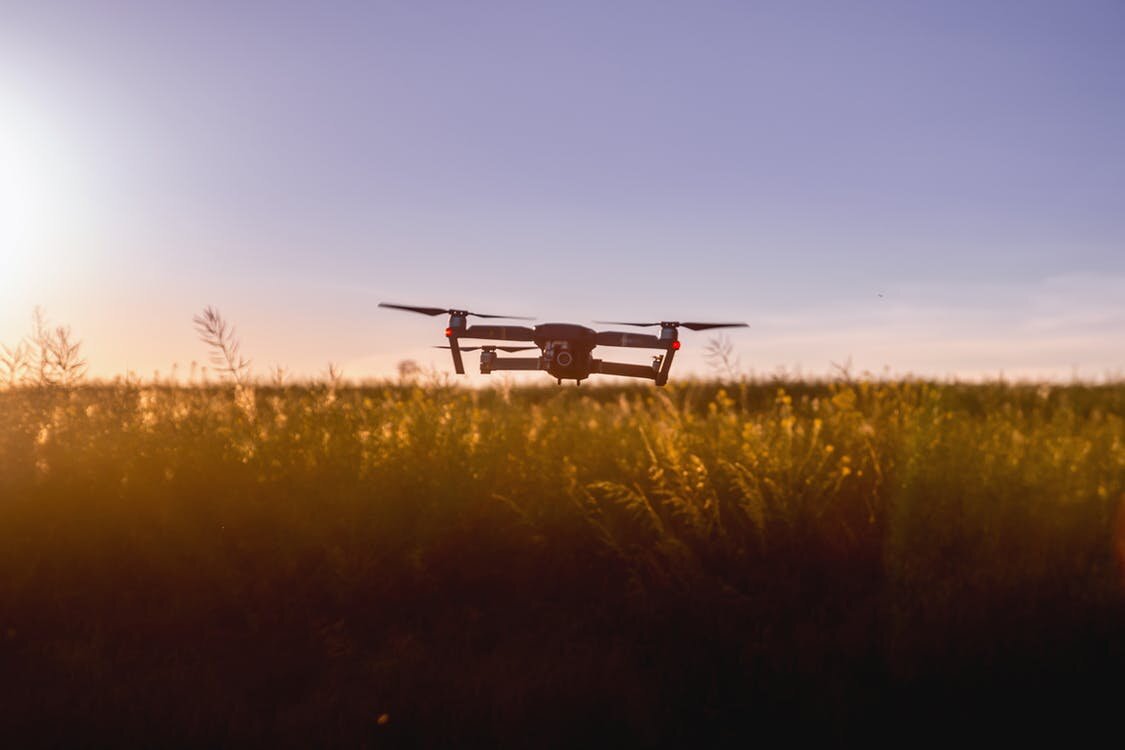


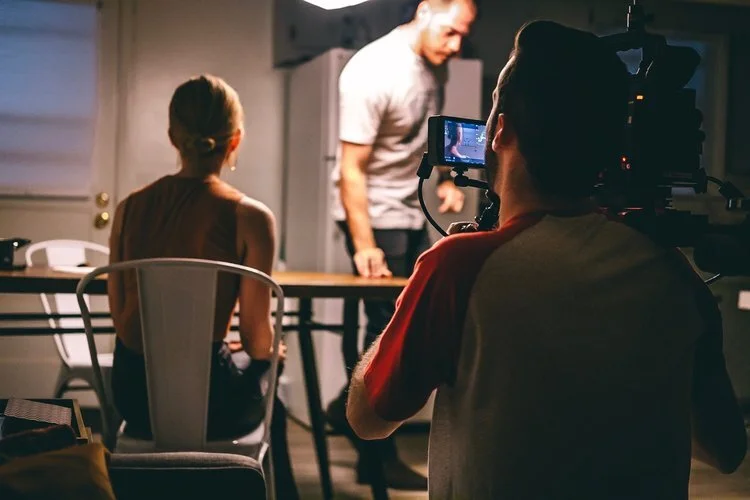
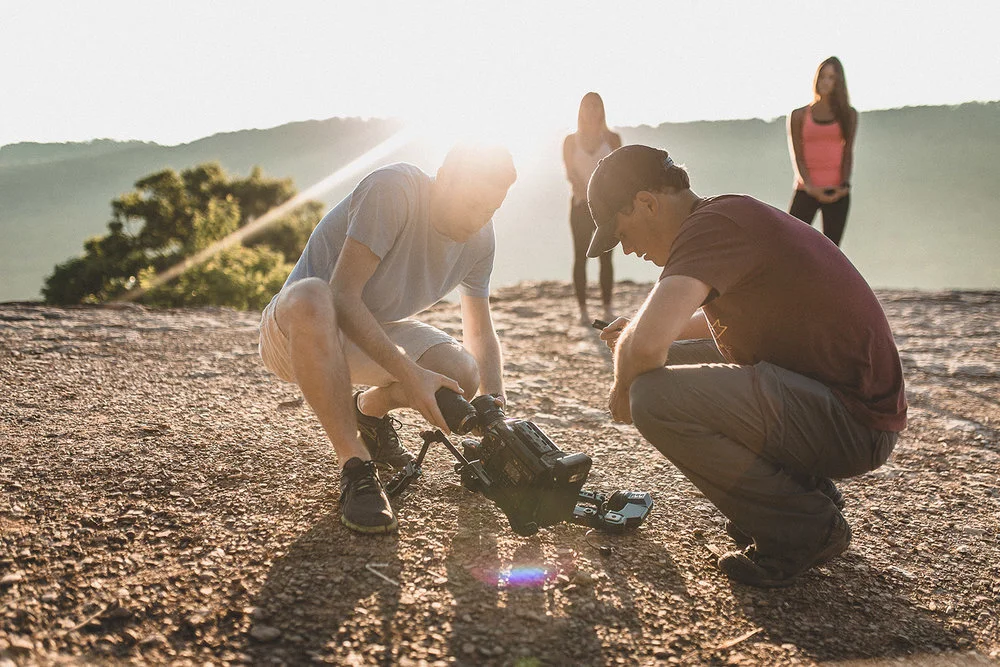

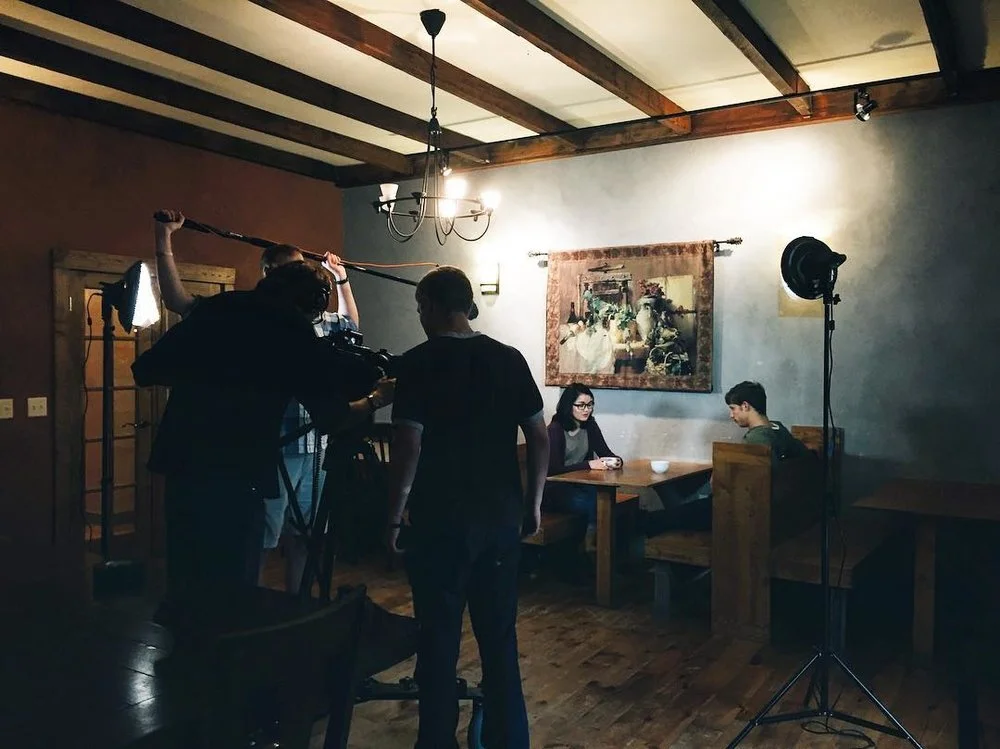
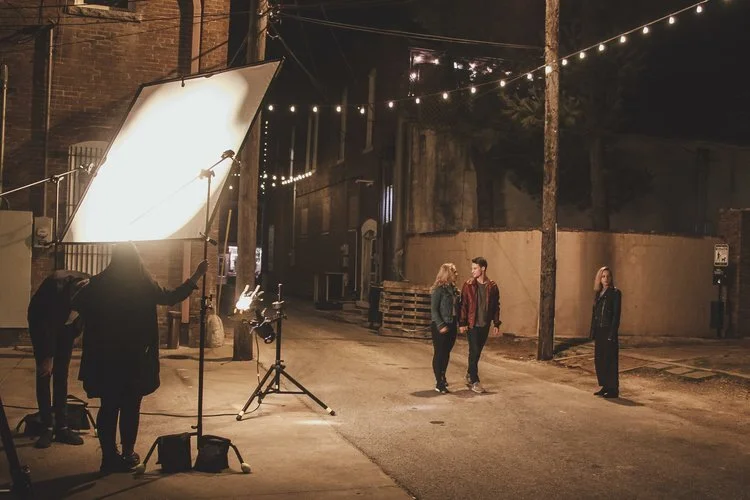


Kyle discusses three ways that different cameras have their own personalities, and how they can inform your decisions about what to film on.